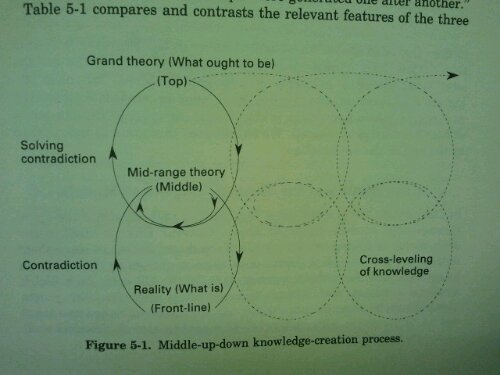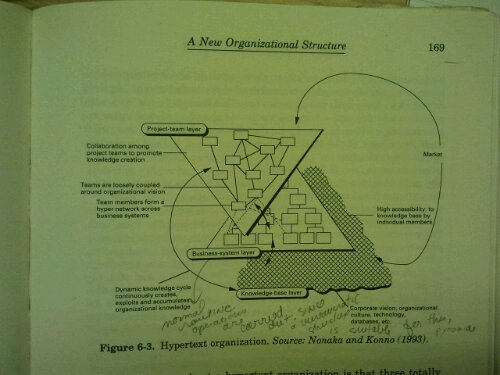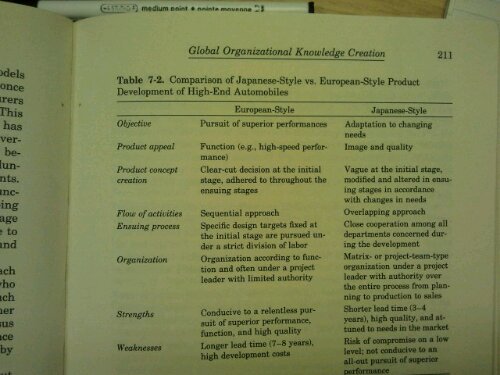Read the news here:
http://europa.eu/rapid/press-release_IP-14-239_en.htm
The European Commission has awarded the European Capital of Innovation (“iCapital”) prize to Barcelona (Spain) “for introducing the use of new technologies to bring the city closer to citizens”. Barcelona was chosen by a panel of independent experts in a close competition with Grenoble (France) and Groningen (The Netherlands). The €500,000 iCapital prize (IP/13/808) will be used to scale up and expand Barcelona’s efforts on innovation.
In September 2011 Barcelona’s city council launched the “Barcelona as a people city” project by introducing the use of new technologies to foster economic growth and the welfare of its citizens through:
Open data initiatives, offering valuable information to individuals and private companies;
Sustainable city growth initiatives on smart lighting, mobility (e-vehicle) and residual energy (heating and cooling networks);
Social innovation;
Promotion of alliances between research centres, universities, private and public partners within the scope of the project;
Providing better ‘smart services’ in a flexible, continuous and agile way through ICT –used as means to launch innovation in different areas of the city.














